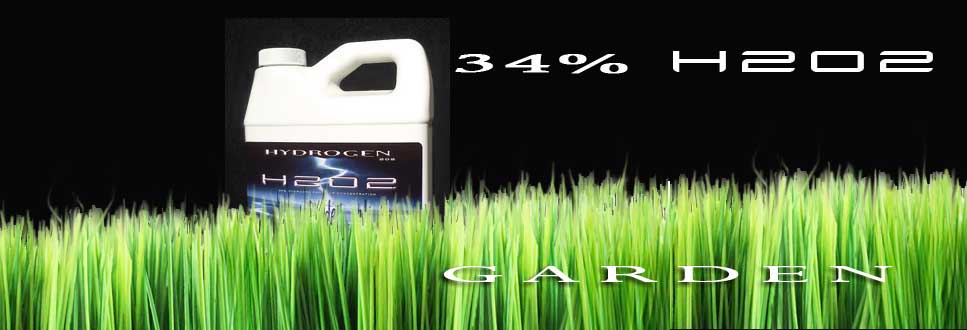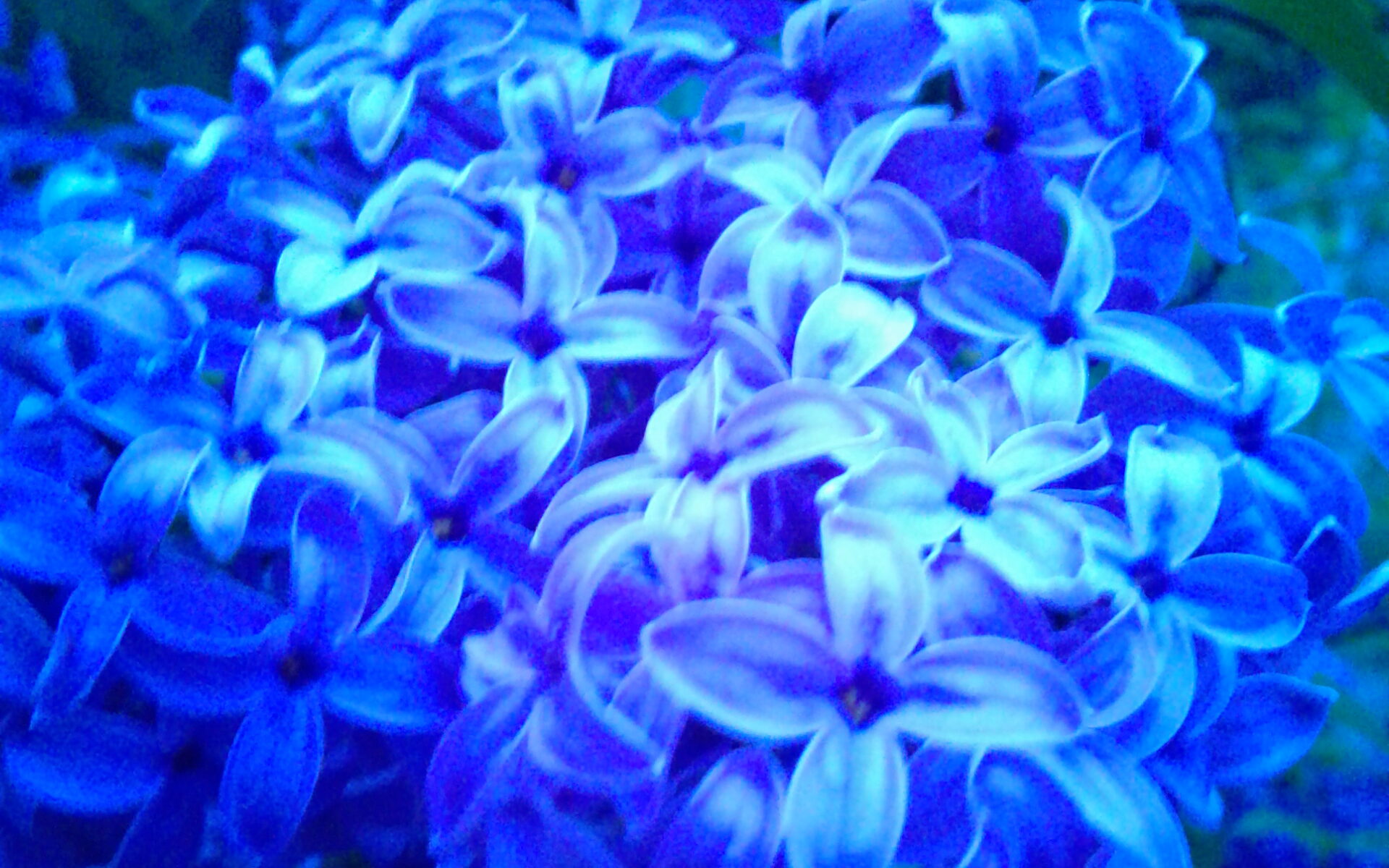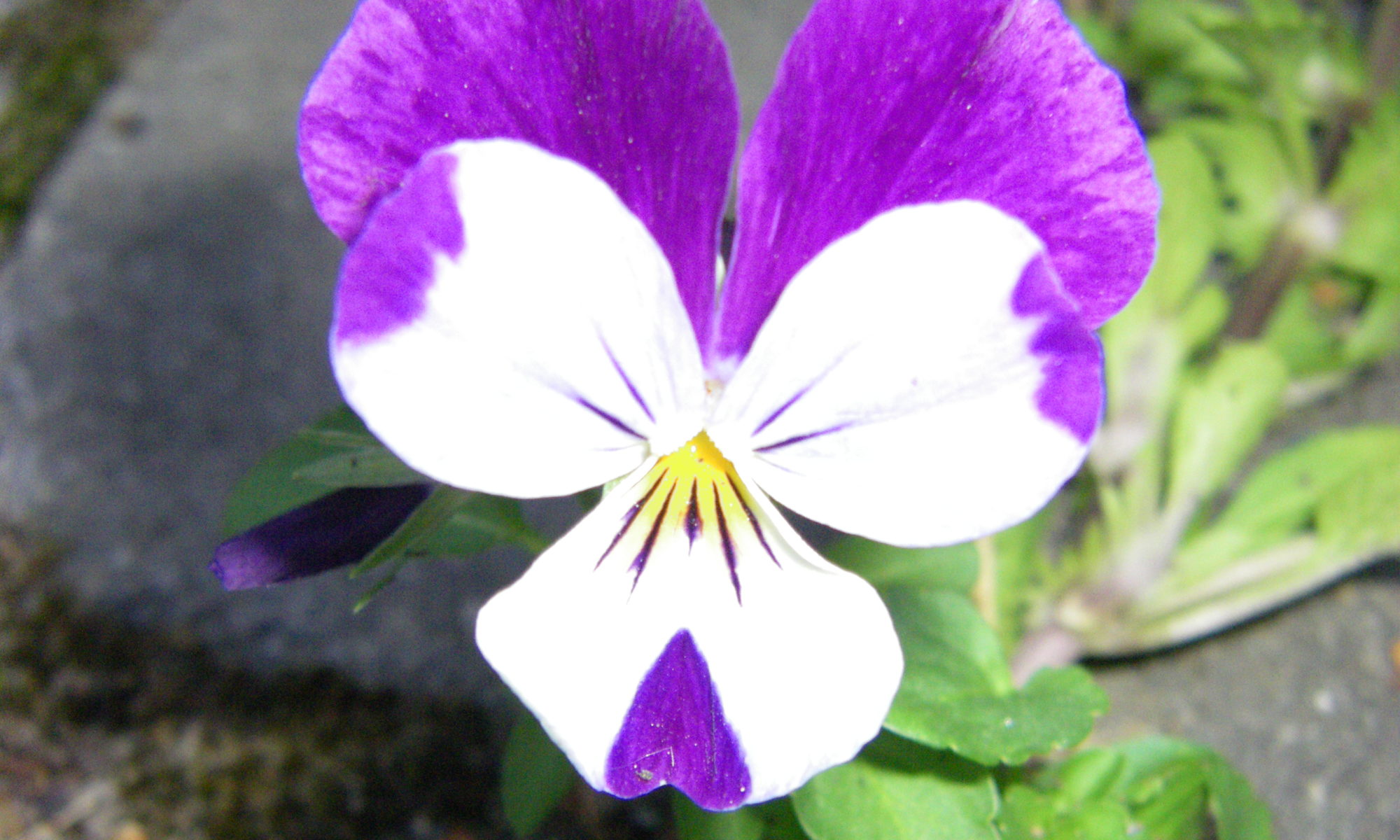How to convert hydrogen peroxide by volume into hydrogen peroxide percentage.
Hydrogen peroxide concentration can be denoted in many different ways. Two of the most common ways are by percentage and by volume. This can add confusion to an already confusing topic.
So the concentration is the amount of hydrogen peroxide in a solution and hydrogen peroxide when it decomposes releases oxygen , a single atom of oxygen and the rest is water.
Hydrogen peroxide releases oxygen at a specific rate 3.3 volumes per percentage. So a 1% hydrogen peroxide will release 3.3 volumes of oxygen.
So all we have to do is remember this which is probably the harder part take your volume and divide it by 3.3 to get your hydrogen peroxide concentration.
So in the hair styling industry and Europe they go by volume a lot and so a 10 volume hydrogen peroxide divide that by 3.3 and we get a 3.03% concentration of hydrogen peroxide.
A 20 volume hydrogen peroxide would equal a 6.06% concentration.
A 60 volume hydrogen peroxide would equal a 18.18% concentration hydrogen peroxide.
Post-Harvest Irrigation Cleaning Using 34% H2O2
Hydrogen Peroxide Is A Great Cleaner
For cleaning out sprinkler lines, drippers and all irrigation components and equipment: we recommend using 34% H2O2 at a ratio of 20 oz H2O2 per 1 gallon of water. Fill up your reservoir at this ratio and pump it though your whole system. Let it sit in system for a few hours or overnight if possible. If time is short, allow diluted H2O2 to sit in system for at least 15 – 20 minutes before flushing out.
Hydrogen Peroxide is well documented as a disinfectant and sanitizer. Oxygen isessential for plant growth and beneficial at lower levels and a great cleaner at higher levels. 34%H2O2 Garden
Hydrogen Peroxide Reducing Hypoxia in Germinating Seeds
Reducing Hypoxia Risk When Germinating Seeds
Hypoxia is a state in which the level of life sustaining oxygen content has dropped below a critical level. The term may be used in terms of medical pertaining to the human body, skin and in the surrounding ambient air. The term may also be used in context of the environment and bodies of waters like lakes, rivers and oceans. When talking about the environment, an area that is sometimes over looked is the oxygen content in the soil.
Yes, the soil has oxygen content and is essential for seeds to germinate and plants to sprout new growth every season. Studies show that seeds that have reached a state of hypoxia (which is the major factor in seed germination failure) have a 70% better chance in germinating when exposed to hydrogen peroxide after a state of hypoxia had been detected.
Normal Dissolved Oxygen Levels Continue reading “Hydrogen Peroxide Reducing Hypoxia in Germinating Seeds”
Help Your Outdoor Roots Breathe
Applying H2O2 To Outside Gardens
It doesn’t matter where you live or what type of plant you grow, if you are growing plants they need oxygen. Plants primarily uptake oxygen through the root system, and additionally require a good fresh supply of oxygen during the night.
Winter rains, especially in the northern half of the country, tend to compact the soil which may leave your roots starving for a breath of fresh air come springtime. Use our 34% H2O2 Hydrogen Peroxide to immediately increase the available oxygen as well as loosening up the soil and allowing good airflow to the roots.
Increase The Oxygen Potential In Your Soil
Grab a 5 gallon bucket and fill it up with water. Now tap water is fine for this application only because we are not going to be sealing it up. Measure up 10 oz. 34% H2O2 Hydrogen Peroxide and pour it into the bucket with the water. Simply pour this solution in the soil of your outdoor garden areas and flower beds, targeting the root zones especially. Using a watering can to help disperse the solution evenly, allowing maximum coverage. At this mild concentration beneficial microbes will thrive.
When adding to hydroponic reservoirs or bare root plants a 3-4 ml per gallon is used because the roots are exposed with no buffer. Normal soil gardens can handle a slightly higher concentration as the hydrogen peroxide will be reduce immediately on contact of the soil. Use caution if you are growing sensitive ornamentals or the likes. A little goes a long way and using less will still have a positive effect on the oxygen levels around the root zones.
Using Hydrogen Peroxide As A Soil Amendment In The Garden
Low Oxygen From Over Watering
Low oxygen in the soil can develop in water-logged soils, do to heavy rainfall, improper irrigation techniques or over watering. We hear the term “killing your plants with kindness”.
For example, when rain guns are used on unstable soils, sand, silt or limestone, soils run together creating a seal that is impervious to oxygen and carbon dioxide. Typically, soils that are low in organic matter are more difficult to aerate naturally.
Plant roots must have adequate oxygen levels to facilitate plant respiration drawing nutrient, minerals as well as liquid water up into the plant. Plants use oxygen and water in a number of ways. Oxygen’s affinity for electrons plays a key role in the process. Continue reading “Using Hydrogen Peroxide As A Soil Amendment In The Garden”
34% H2O2 Hydrogen Peroxide
Our 34% H2O2 Food Grade Hydrogen Peroxide is specially formulated to meet the demands of a wide range of plant cultivators.
Growers are faced with the issue of increased threats to all plant species due to adverse climates and environmental factors, as well as on a microscopic level. The sometimes underestimated ability and will of single and multiple celled organisms to adapt and evolve, goes overlooked and unchecked.
The solution? Hydrogen 2o2 34% Food Grade H2O2.
Can Plants Feel Pain?
Research has been conducted for many years on this topic and evidence supports plants use electricity to responds to adverse conditions just like the human body.
Plants Are Living. Do They Feel Pain Too?
Is the electric impulse in plants interpreted as “pain” like a human interprets select electric nerve impulses? Continue reading “Can Plants Feel Pain?”
Pest Defense Using Hydrogen Peroxide
The world of micro-pests can be a grower’s biggest battle. These tiny, sometimes invisible creatures range from spider mites and aphids, to molds and mildew.
Micro organisms are constantly adapting and developing increased resistance to synthetic chemicals and products that are commonly used to thwart them and their destruction of precious plants, gardens and crops. Hydrogen 2o2 34% Food Grade H2O2 is a naturally occurring molecular compound.
34% H2O2 Garden
Our 34% H2O2 Hydrogen Peroxide is blended using an auto A.O. process, and it is this natural synastry between hydrogen and oxygen that will defend against pathogens, bacteria and viruses without the increasing resistance we so often see when using many traditional products on the market today. Use as a general purpose cleaner and to increase the oxygen content in reservoir water and root zones.




